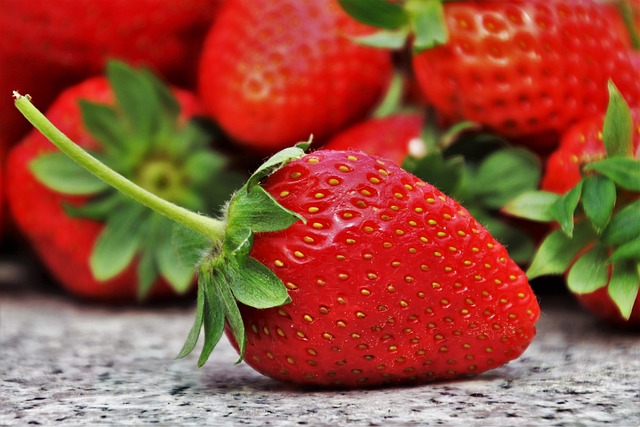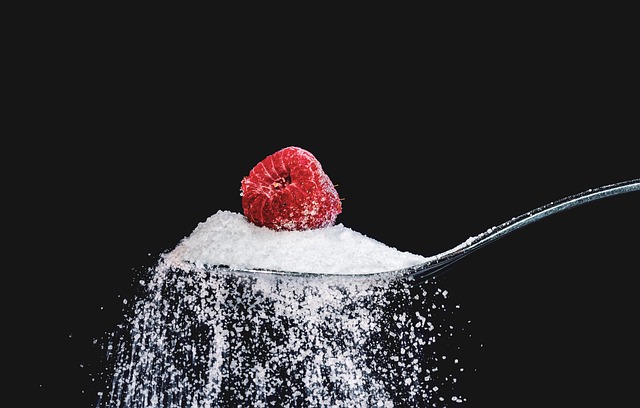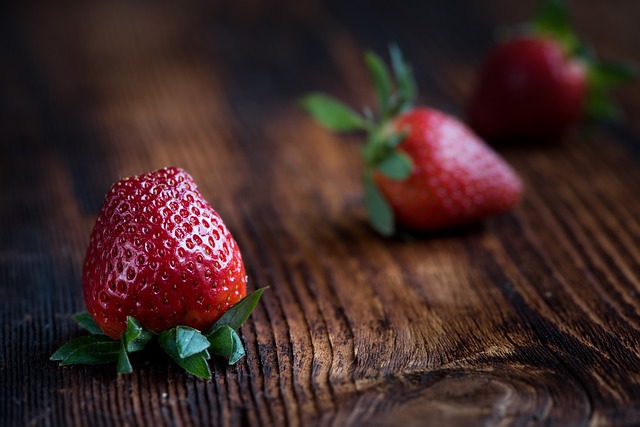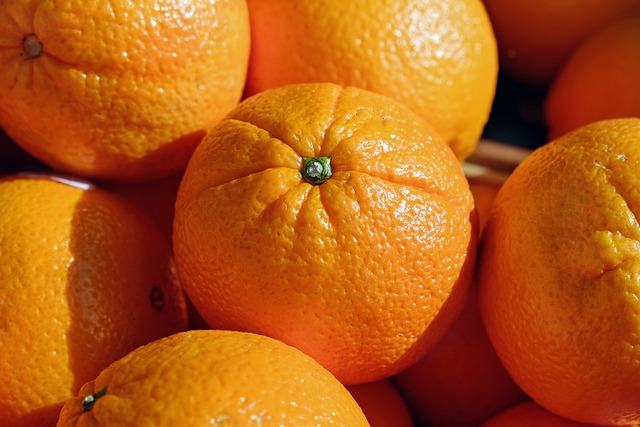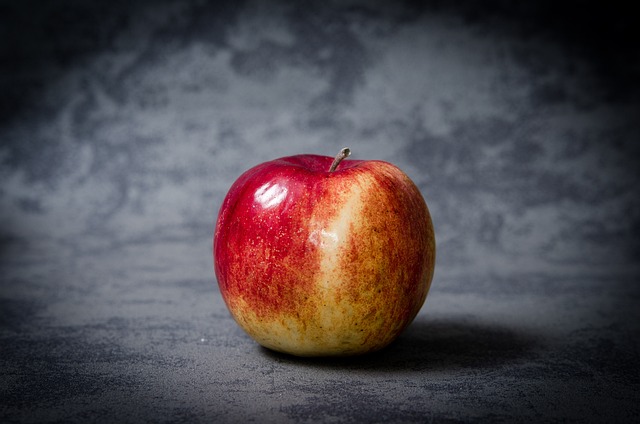When it comes to probiotics, most people automatically think of yogurt as the go-to source. And while yogurt is indeed a great way to introduce probiotics into your diet, there are actually many other surprising sources of these beneficial bacteria that you might not be aware of. In this article, we’ll explore some of these lesser-known sources of probiotics that you need to know about.
Sauerkraut
Sauerkraut, a traditional German dish made from fermented cabbage, is not only delicious but also packed with probiotics. The fermentation process involved in making sauerkraut creates an environment that allows beneficial bacteria, such as Lactobacillus and Leuconostoc, to thrive. These bacteria can help promote a healthy digestive system and boost your overall gut health.
To reap the probiotic benefits of sauerkraut, it’s important to choose the unpasteurized variety. Pasteurization kills off the bacteria, so look for sauerkraut that is labeled as raw or fermented to ensure you’re getting the live cultures.
Kombucha
Kombucha, a fermented tea, has gained popularity in recent years for not only its refreshing taste but also its probiotic properties. It is made by fermenting black or green tea using a symbiotic culture of bacteria and yeast, known as a SCOBY.
The fermentation process produces a sparkling, slightly tangy beverage that is rich in beneficial bacteria and yeast. The most common strains of probiotics found in kombucha include Gluconacetobacter, Lactobacillus, and Zygosaccharomyces. These probiotics can help support a healthy gut flora and aid digestion.
Kefir
Kefir is a fermented milk drink that has been consumed for centuries. It is made by adding kefir grains, which are a combination of bacteria and yeast cultures, to milk.
Similar to yogurt, kefir provides a rich source of probiotics, including Lactobacillus kefir and Bifidobacterium species. These probiotics have been shown to have potential health benefits, such as improving lactose digestion and strengthening the immune system.
In addition to cow’s milk kefir, there are also non-dairy alternatives available, such as coconut milk kefir and water kefir, which are suitable for individuals with lactose intolerance or those following a vegan diet.
Miso
Miso, a traditional Japanese seasoning, is made by fermenting soybeans with salt and a type of fungus known as koji. The fermentation process can take anywhere from a few days to several years, depending on the desired flavor and strength.
Miso is not only a source of probiotics but also provides essential nutrients, including vitamins, minerals, and antioxidants. The most common bacteria found in miso are species of Bacillus, Pediococcus, and Lactobacillus.
In addition to adding a unique umami flavor to dishes, incorporating miso into your diet can also help promote a healthy gut by introducing beneficial bacteria into your digestive system.
Tempeh
Tempeh is a traditional Indonesian soy product made from fermented soybeans. It is formed into a compact cake-like structure and has a firm texture and nutty flavor.
The fermentation process involved in making tempeh not only enhances its nutritional value but also creates probiotics. The most common bacteria found in tempeh include species of Rhizopus and Bacillus.
Tempeh is not only a source of probiotics but also a good source of protein, fiber, and various vitamins and minerals. It can be used as a meat substitute in various dishes and is especially popular among vegetarian and vegan individuals.
While yogurt may be the most well-known source of probiotics, it’s important to diversify your diet to ensure you’re getting a wide range of beneficial bacteria. So next time you’re looking to boost your probiotic intake, consider incorporating these surprising sources into your meals. Your gut will thank you!

